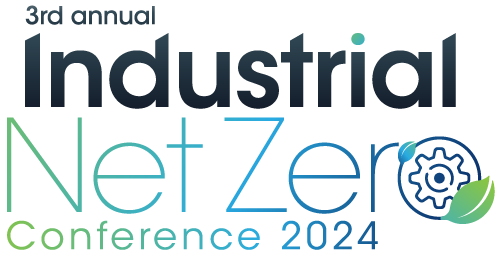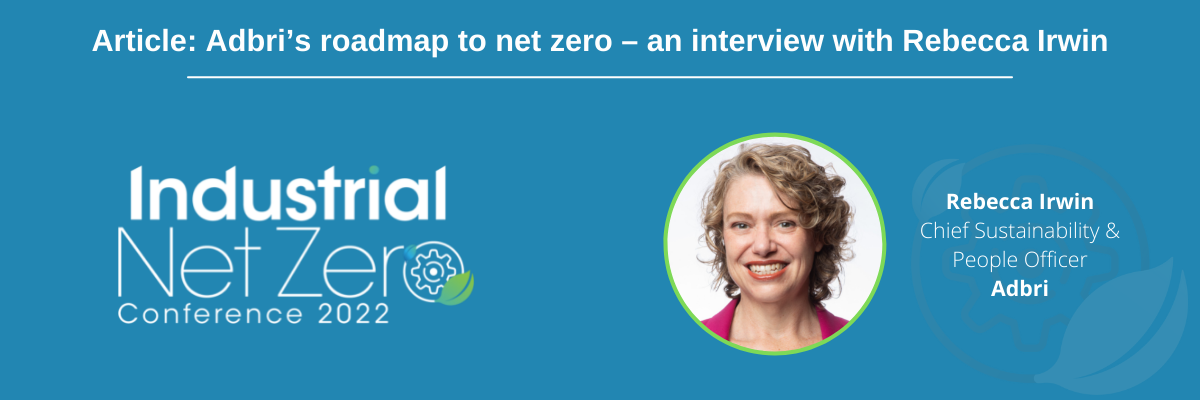By Kirstin Crothers
Adbri is firmly in the ‘hard to abate’ category, manufacturing clinker and cement and lime production. They’ve been quietly working on emissions reduction for over a decade, but have only just released their first formal business plan for net zero. We spoke to Rebecca Irwin (Chief Sustainability & People Officer) about their short, medium and long-term goals.
Adbri released its ‘roadmap to net zero emissions by 2050’ in May this year, but the company has been working on reducing operational greenhouse gases since 2010. Why is this plan significant step forward?
The release of the Net Zero Emissions Roadmap signifies Adbri’s commitment to taking decisive action on climate change in line with the expectations of our shareholders, society, customers, capital providers and communities. It provides clarity to these stakeholders and aligns with our purpose of Building a Better Australia.
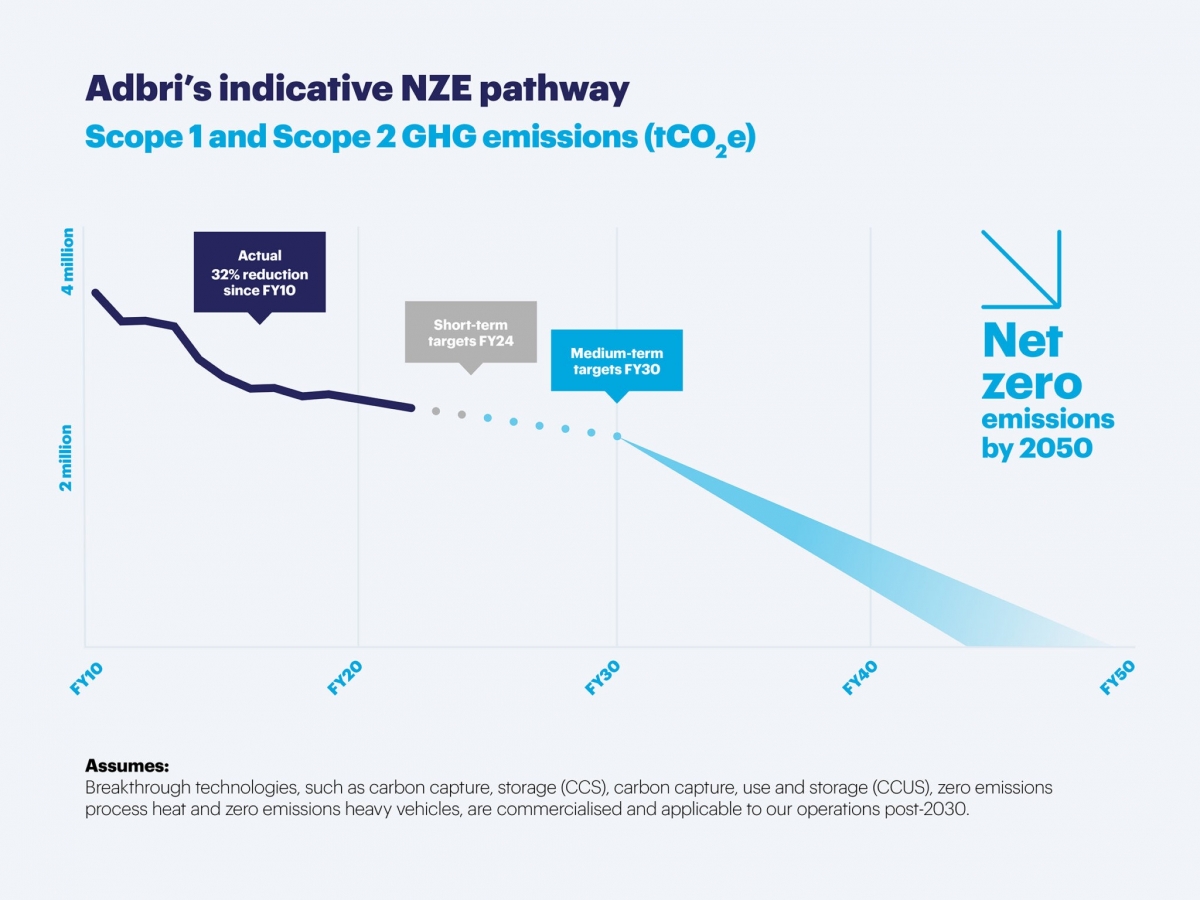
Decarbonising our business is a complex and challenging journey. We operate two emissions-intensive and hard-to-abate processes: the integrated manufacture of clinker and cement; and lime production. Cement, concrete and lime are essential materials in the transition to a low carbon economy, supplying key industries including construction, infrastructure, energy, mining and agriculture.
The Roadmap is a significant step forward, as it sets out the actions we will take to decarbonise our business, as well as clear short and medium term targets for us to track our progress against. It builds on the commitments we have made to date, including our Climate Change Position released in our Sustainability Report, the short-term targets released in 2019 and a 32% reduction in greenhouse gas emissions since 2010.
We are proud of our historical performance to reduce greenhouse gas emissions and look forward to continuing to reduce our emissions and working with key partners to find solutions to achieve our goal.
Adbri has set medium-term targets as well as a long-term goal of absolute reduction in emissions across the full value chain by 2050. How did you choose what to action first?
The medium-term targets we have set build upon the progress Adbri has already made in the area of emissions reduction, while setting a strong base to achieve our overarching goal of net zero emissions by 2050.
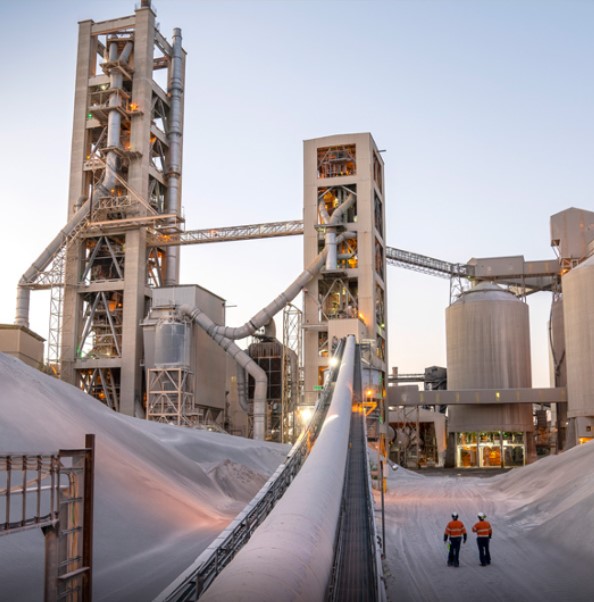
Medium term targets were chosen for cement, lime and electricity to represent the main sources of our emissions. Actions to achieve our medium-term targets will focus on conventional abatement approaches such as process and energy efficiency, increasing the use of alternative fuels and a transition to zero emissions electricity. We have prioritised reducing emissions within our operations that meet our targets, rather than relying on offsets.
As we progress our medium-term decarbonisation goals, in parallel, we will be collaborating with key partners and developing our capabilities in technology that will be required post-2030. We recognise that breakthrough technologies must play a major role in emissions reduction, particularly for our hard-to-abate clinker and lime manufacturing process emissions.
Technology is often touted as the catch-all solution to carbon-heavy processes. Which specific developments do you see as having the most potential to realistically capture or mitigate emissions?
There is no doubt that technology has a vital role to play in emissions reduction across all industries, and this is recognised in our roadmap. There are several breakthrough technologies relevant to Adbri that are currently in the early stages of testing and implementation, although there does remain issues centring on commercial scale and cost.
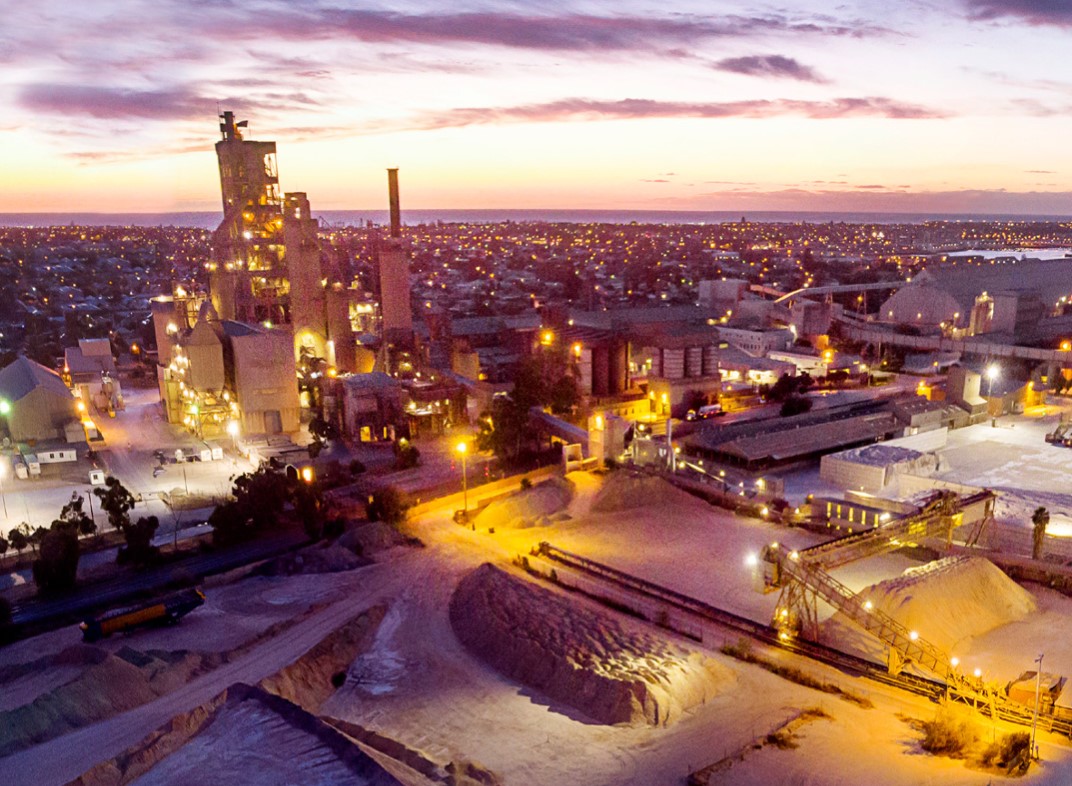
One example of a breakthrough technology is Calix’s Low Emissions Intensity Lime and Cement (LEILAC) carbon capture technology, which allows pure CO2 to be captured as it is released from heating limestone. Calix’s technology uses external heating, so that process emissions are not mixed with combustion gases, which makes it simpler to capture CO2 ready for compression and transport. There is the potential to combine the Calix technology in the calcination process with a zero emissions fuel source or renewable power to provide heat for the Calix reactor and, for cement, the clinkering kiln. This could present a technically viable pathway to zero emissions manufacturing for lime and cement.
Adbri has partnered with Calix, singing a Heads of Agreement in March 2021 covering the co-development of a Calix calciner for lime production with CO2 capture. This project is framed around a five-year development and demonstration program. Calix is making technological strides in sustainability, and we look forward to increased collaboration with Calix and other leaders in research and development as part of our roadmap.
You can hear more from Rebecca Irwin during her session Decarbonising emissions-intensive processes and operations whilst working towards a goal of net zero emissions by 2050.
For more exclusive content written for energy industry professionals sign up to the Energy Insights blog. Energy Insights looks beyond the hype and provides you with the content you need to understand the market dynamics and technological changes that are shaping the energy sector. View the blog here.
